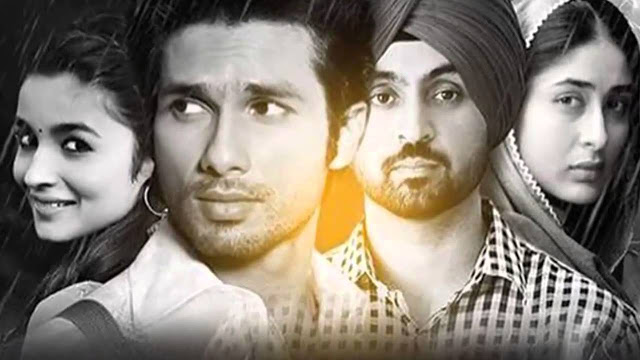MUMBAI, (Thomson Reuters Foundation) – A new Bollywood film gives a rare glimpse into the exploitation and enslavement of women in India’s drug trade, highlighting how the stigma surrounding women drug users leaves them vulnerable to abuse.
‘Udta Punjab’ (Flying Punjab), directed by Abhishek Chaubey and released last week, shows how one of India’s most prosperous states has been blighted by drug use, with corrupt politicians and police complicit in the trade that largely afflicts young men.
Alongside a drug-addicted rock star, the film tells the story of a nameless young female migrant worker, who is enslaved by a gang of drug dealers, made an addict and forced to have sex with multiple men.
Eventually she escapes amidst a dramatic shoot-out, as the rock star and a corrupt cop turned good come to her rescue.
Once considered a male-only problem in India, drug addiction is rising among women, who are more likely to be subject to abuse and less likely to seek help, experts say.
“We have seen a big uptick in female drug users in recent years, even though a majority of them don’t seek help because of the enormous stigma they suffer,” said Shaveta Sharma, a senior psychologist at the Hermitage rehabilitation centre in Amritsar in Punjab.
“They suffer far more than male users, as they are neglected by their families and the state on one hand, and physically and sexually abused by dealers and partners on the other,” she told the Thomson Reuters Foundation.
About 70 percent of the state’s young men are addicted to drugs or alcohol, according to a 2013 government report. One in 10 female students has taken drugs, it said.
There are more than 11 million drug users in India, according to recent data, which does not show how many are women.
Once confined to India’s wealthy, substance abuse now straddles all socio-economic groups and ranges from addiction to heroin and cannabis, to methamphetamine and codeine-based cough syrup.
The impact of drug use is far greater on women because they “tend to lack access to the continuum of care”, the United Nations Office on Drugs and Crime (UNODC) said in its annual drug report this week.
Women drug users are more vulnerable and more stigmatised, and far less likely to enter treatment programmes, it said.
In India, more than 40 percent of female drug users surveyed by UNODC for a 2008 report – among the few to focus on women – said they were forced to have sex in exchange for drugs or money. A third said their livelihood came from sex work and/or peddling drugs.
Such abuse is graphically illustrated in the film, which shows the young woman locked up and constantly drugged while a series of men abuse her. In typical Bollywood fashion, she finally shakes the drug habit herself through sheer grit.
The UNODC predicted in its 2008 report that there would be a “feminisation” of substance use among women in India, with patterns imitating male substance abuse, including rising violence and crime.
Last year, the Indian government pledged more funds for counselling, treatment and rehabilitation of drug addicts.
But the stigma persists: ‘Udta Punjab’, which has been declared a critical and commercial hit, ran into trouble with the censor board for its representation of drug use, and state officials complained that it defamed Punjab.
Sharma said it is a fair depiction and a call for action.
“We need a completely different approach to female drug use, and we need it soon,” Sharma said. “Otherwise, we will have a very serious problem on our hands.”

